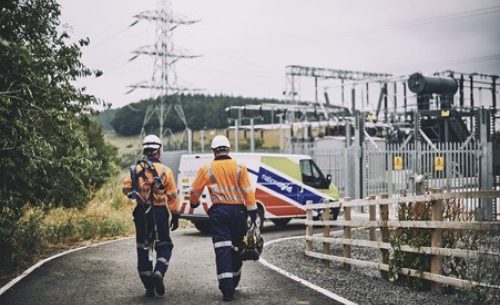

EDF Energy - West Burton Power Station
Control Systems / Supporting greater operational flexibility
Capula was awarded the turnkey contract for the implementation of the new control systems scheme on Unit 2 at West Burton Power Station, then went on to repeat the installation on all four generating units, plus similar installations on the common service plant and the coal handling plant.

Operational flexibility
The main system requirement was to improve the operational flexibility of the unit, whilst minimising stress to the plant, thereby improving availability and reliability. This was achieved by completely replacing the traditional hardwired control desk with a soft screen operator interface, and updating existing control subsystems. Automatic control schemes were introduced where manual systems had existed previously.
All relevant subsystems are interfaced to a centralised database. Layered advanced control applications optimise key control loops, whilst intelligent schedules start up sequences according to plant conditions.
How we helped
The West Burton control system involved a new SCADA system and new PLC control platform based on the Siemens Moore APACS. All hardware is configured in a dual redundant mode. Communication to the operator displays is by Fibre Distributed Data Interface (FDDI), and to external systems via dual (or single) ethernet, or Modbus. The SCADA database comprises some 16,000 points. Operations staff interact with the system through four main workstation screens, supplemented by a further 6 overview screens. Basic plant start and stops are performed through auto and manual station plaques, whilst more complex functions are driven through custom designed displays. Great consideration has been given to the latest trends on colour association, and other ergonomic and aesthetic factors, in order to maximise efficiency and accuracy during screen navigation.
Sequential control of individual plant items is carried out within the Programmable Digital Control Systems, whilst nesting of complete sequences is performed by APMS. Extensive diagnostic facilities are inbuilt to assist fault finding, and maximise availability of the system. In the unlikely event of the complete failure of APMS, an emergency backup panel has been supplied, providing basic hardwired control and indication to bring the unit off load safely.








